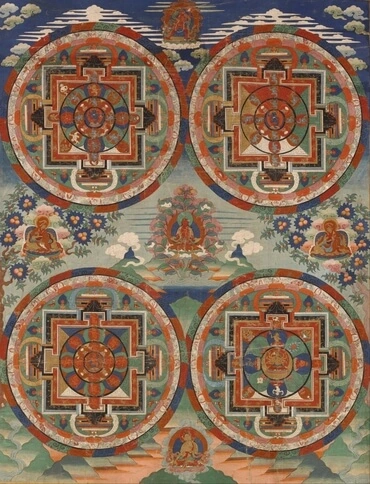1
Im achten Monat, im zweiten Jahre des Darius, geschah das Wort Jehovas zu Sacharja, dem Sohne Berekjas, des Sohnes Iddos, dem Propheten (S. Esra 5,1;6,14; Neh. 12,16,) also:
2
Jehova ist heftig erzürnt gewesen über eure Väter.
3
Und sprich zu ihnen: So spricht Jehova der Heerscharen: Kehret zu mir um, spricht Jehova (Eig. ist der Spruch Jehovas; so auch nachher) der Heerscharen, und ich werde zu euch umkehren, spricht Jehova der Heerscharen.
4
Seid nicht wie eure Väter, denen die früheren Propheten zuriefen und sprachen: So spricht Jehova der Heerscharen: Kehret doch um von euren bösen Wegen und von euren bösen Handlungen! aber sie hörten nicht und merkten nicht auf mich, spricht Jehova.
5
Eure Väter, wo sind sie? und die Propheten, leben sie ewiglich?
6
Doch meine Worte und meine Beschlüsse, welche ich meinen Knechten, den Propheten, gebot, haben sie eure Väter nicht getroffen? Und sie kehrten um und sprachen: So wie Jehova der Heerscharen vorhatte, uns nach unseren Wegen und nach unseren Handlungen zu tun, also hat er mit uns getan.
7
Am 24. Tage, im elften Monat, das ist der Monat Schebat (Vom Neumonde des Februar bis zum Neumonde des März,) im zweiten Jahre des Darius, geschah das Wort Jehovas zu Sacharja, dem Sohne Berekjas, des Sohnes Iddos, dem Propheten, also: -
8
Ich schaute des Nachts, und siehe, ein Mann, reitend auf einem roten
osse; und er hielt zwischen den Myrten, welche im Talgrunde waren, und hinter ihm waren rote, hellrote und weiße
osse.
9
Und ich sprach: Mein Herr, wer sind diese? Und der Engel, der mit mir redete, sprach zu mir: Ich will dir zeigen, wer diese sind.
10
Und der Mann, der zwischen den Myrten hielt, antwortete und sprach: Diese sind die, welche Jehova ausgesandt hat, um die Erde zu durchziehen.
11
Und sie antworteten dem Engel Jehovas, der zwischen den Myrten hielt, und sprachen: Wir haben die Erde durchzogen, und siehe, die ganze Erde sitzt still und ist ruhig.
12
Da hob der Engel Jehovas an und sprach: Jehova der Heerscharen, wie lange willst du dich nicht Jerusalems und der Städte Judas erbarmen, auf welche du gezürnt hast diese siebzig Jahre?
13
Und Jehova antwortete dem Engel, der mit mir redete, gütige Worte, tröstliche Worte.
14
Und der Engel, der mit mir redete, sprach zu mir:
ufe aus und sprich: So spricht Jehova der Heerscharen: Ich habe mit großem Eifer für Jerusalem und für Zion geeifert,
15
und mit sehr großem Zorne zürne ich über die sicheren (Zugl.: sorglosen, übermütigen) Nationen; denn ich habe ein wenig (O. eine kleine Weile) gezürnt, sie aber haben zum Unglück geholfen.
16
Darum spricht Jehova also: Ich habe mich Jerusalem mit Erbarmen wieder zugewandt; mein Haus, spricht Jehova der Heerscharen, soll darin gebaut, und die Meßschnur über Jerusalem gezogen werden.
17
ufe ferner aus und sprich: So spricht Jehova der Heerscharen: Meine Städte sollen noch überfließen von Gutem; und Jehova wird Zion noch trösten und Jerusalem noch erwählen.
18
Und ich hob meine Augen auf und sah: und siehe, vier Hörner.
19
Und ich sprach zu dem Engel, der mit mir redete: Was sind diese? Und er sprach zu mir: Diese sind die Hörner, welche Juda, Israel und Jerusalem zerstreut haben.
20
Und Jehova ließ mich vier Werkleute sehen.
21
Und ich sprach: Was wollen diese tun? (Eig. Was kommen diese zu tun?) Und er sprach zu mir und sagte: Jene sind die Hörner, welche Juda dermaßen zerstreut haben, daß niemand mehr sein Haupt erhob; und diese sind gekommen, um sie in Schrecken zu setzen und die Hörner der Nationen niederzuwerfen, welche das Horn gegen das Land Juda erhoben haben, um es zu zerstreuen.







